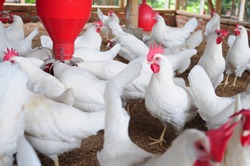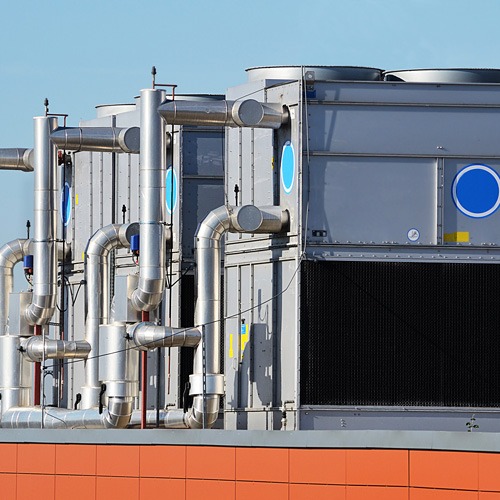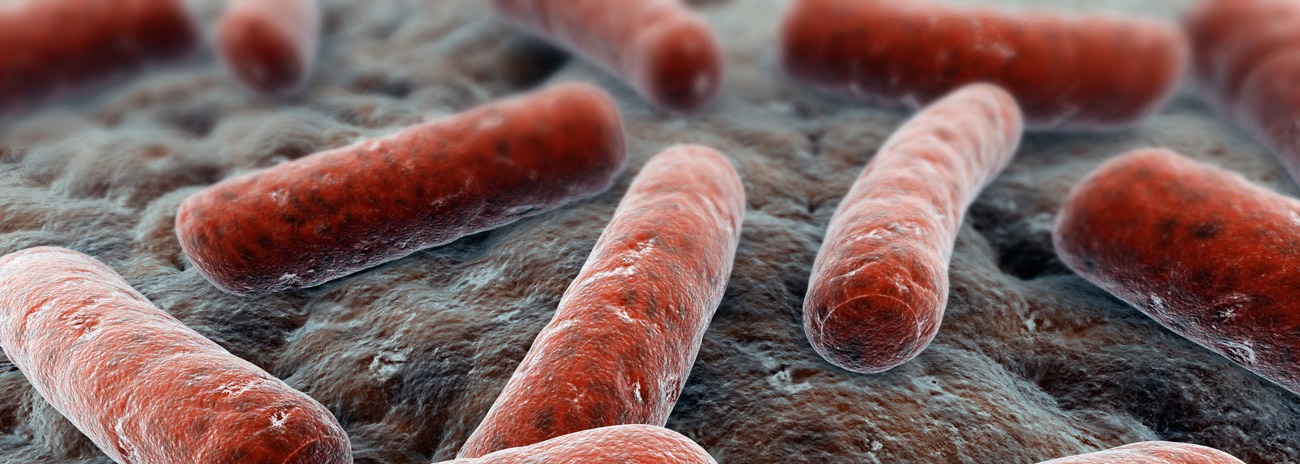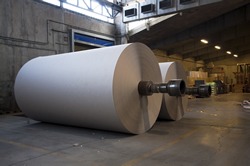Poultry Meat Processing – Reducing Water & Effluent Costs
 the reduction of water, wastewater and effluent costs.Poultry meat processors use large quantities of water and generate equally large volumes of wastewater with a high chemical oxygen demand (COD) and suspended solids content. Evisceration, cleaning and washing operations typically account for more than 60% of total water use and effluent volume.
the reduction of water, wastewater and effluent costs.Poultry meat processors use large quantities of water and generate equally large volumes of wastewater with a high chemical oxygen demand (COD) and suspended solids content. Evisceration, cleaning and washing operations typically account for more than 60% of total water use and effluent volume.
How much money are you pouring down the drain?
On average, poultry processors that adopt a systematic approach to reducing water use can reduce their water and effluent bills by 10 – 15% at little or no cost to the business.
If projects with paybacks of up to two years are included, savings of 30% or more can be achieved. For example, a small poultry processor with a trade effluent bill of £79 200/year could save £33 200/year by reducing effluent volume, suspended solids content and COD, all by 25%.
Cost-effective measures
This good practice guide describes a range of cost-effective measures to help companies of all sizes save money while continuing to clean and wash just as effectively and without compromising hygiene standards. In addition to increasing costs, implementation of the Integrated Pollution Prevention and Control (IPPC) Directive will increase the pressure on poultry processors to reduce both water use and the generation of effluent.
For many companies, improvements can be made in both process and cleaning operations. The guide shows you how to achieve cost savings by adopting a systematic approach to reducing water use and effluent generation.
This step-by-step approach is based on the answers to the following questions:
- What are the volumes and costs of your water and effluent? How should you go about making improvements?
- How can you improve:
- delivery of birds to your site?
- your process operations?
- your cleaning operations?
- your effluent treatment?
There are industry examples throughout the guide that describe the cost savings and other benefits already achieved by companies without compromising hygiene standards… request a copy of the full document >>
Crown copyright material is reproduced with the permission of the Controller of HMSO and the Queen’s Printer for Scotland.






